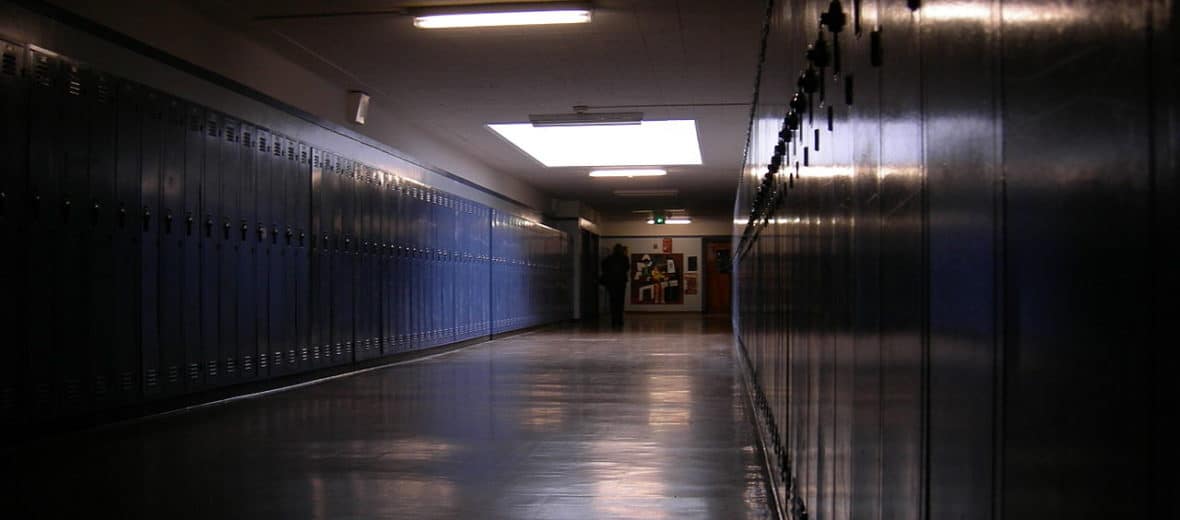
Teaching Kids about Emergency Situations without Freaking them out!
There were years when I would rush through this little speech and breeze over what we would do in different emergency situations. Apparently I thought that cutting my “emergencies” speech short would allow for a couple minutes of rhythm reading or something “more important” that I now realize is in no way more important. Students aren’t just students, they’re kids. Kids want to know that they’re safe. Kids have real fears and legitimate questions. Taking the time to talk through what happens in emergency situations shows my kiddos that I have a plan to keep them safe, allows them to ask questions, and gives them peace of mind in case an issue should arise down the road. Take the instructional time to have this conversation. It’s worth it.Below you can read though how I approach each emergency situation, some of the things that I say to kiddos, and examples I give to make emergency situations seem less scary.
Intro to Conversation – Setting the Stage
I used to ONLY say, “We’re going to talk about fire drills” or “We’re going to talk about what happens during a lock down drill.” I don’t say that anymore. Now I intentionally say
“Here’s what we would do in case there’s a fire or a fire drill,” or “This is what we would do if there was a lock down or a lock down drill.” I phrase it this way for a couple reasons. 1) I think that kids should be prepared for a drill or an actual emergency situation. Always saying the word “drill” when having this talk removes the possibility of an actual emergency situation. In that case, you’re only preparing them for drills and not actual emergencies, and if that’s what you’re doing then why have the conversation at all? 2) Kids are way more resilient than you think. I worked for 11 summers at a camp for kids who had been abused and neglected. These kids had gone through terrible situations and came out on the other side as… kids. Kids can handle the big stuff. Saying the word “lock down” is not going to ruin their lives and in fact, having this conversation with them prepares them and makes the idea of an actual emergency situation a little less scary.
Fire Drill – “Evacuation”
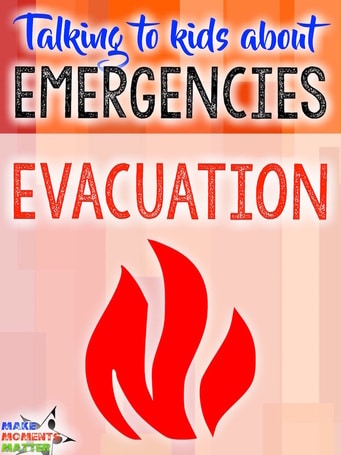 I always start with the “fire drill” conversation because it is the easiest to begin with and is the most fun for kids (as silly as that sounds). They like fire drills because they get to go outside, so here’s where I start. I personally don’t call it a “fire or fire drill” but tell students that I use the word “evacuation.” We talk about what that means and decide that evacuation is what we would do if we needed to get out of the school to be safe. Any situation where we need to leave the building (fire or otherwise) we can call an evacuation.
I always start with the “fire drill” conversation because it is the easiest to begin with and is the most fun for kids (as silly as that sounds). They like fire drills because they get to go outside, so here’s where I start. I personally don’t call it a “fire or fire drill” but tell students that I use the word “evacuation.” We talk about what that means and decide that evacuation is what we would do if we needed to get out of the school to be safe. Any situation where we need to leave the building (fire or otherwise) we can call an evacuation.
I begin the conversation with a sentence like “If there were a fire or a fire drill, this is what we would do.” I tell them that if the fire alarms go off we would quickly and quietly make a line where we ALWAYS line up at the end of class. The difference is that at the end of class they’re allowed to talk quietly when they line up. If there is a fire or fire drill they CANNOT talk. “If you’re talking when you line up I might start to yell or look angry. I need you to know that it is a serious situation. If you are talking you might miss important information or you might make it difficult for ME to hear important information. You must be quiet.”
Then I talk about how we would walk out the hallway, go through the closest door, and stop at our assigned spot outside on the grass. I tell them that I would quickly go through the roster and if every kid was there I would hold up my green card. This shows the office and principal that every kid was accounted for. If I go through the roster and a kid is missing I would hold up my red card. Even if I know that kid is with their teacher taking a test or went down to the office to drop off something I hold up the red card. Then the office staff would check with me and we could have someone confirm that the missing student made it out of the building. I tell kids this so that they know we care about them and will confirm that EVERY student is safe.
Tornado Drill – “Take Shelter”
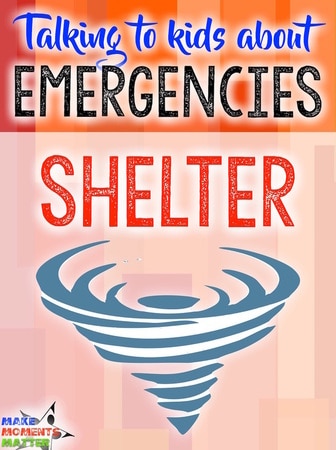 I start this new part of our conversation by talking about the difference in the emergency. I say that for “evacuation” situations we need to get out of the building to be safe and that for storm situations we need to get further into the building to stay safe. We often call this, “taking shelter” or just “shelter.”
I start this new part of our conversation by talking about the difference in the emergency. I say that for “evacuation” situations we need to get out of the building to be safe and that for storm situations we need to get further into the building to stay safe. We often call this, “taking shelter” or just “shelter.”
Then I get a little more personal to show them that I understand and have important experience to draw on. I say that we don’t have to take shelter very often in Michigan because we don’t often get damaging storms during the school day in Michigan. Then I mention that I grew up in Nebraska and taught for a while in Kansas in a part of the country that they call “Tornado Alley.” Some kids perk up at this because they like tornadoes. I tell them that tornadoes aren’t really scary, they’re just weather. “There’s a lot we still don’t know about tornadoes, so you should grow up to be a scientist that studies them! Tornadoes aren’t really all that scary. As long as you know how to be safe and careful then tornadoes don’t need to worry you.” I say stuff like this to ease kids worries about the danger of the situation and to show them that if they follow the procedures that even in scary situations they can be safe.
Then I talk a little about what a tornado does. I tell them that tornadoes are really just really strong winds. I teach in a cinderblock school that was built in the 1960s and is very structurally sound. I walk over to the wall and knock on the bricks and tell kids, “These bricks are very strong and it would take really damaging winds to do anything to them. In fact, you would need a bulldozer to bring this wall down. But the windows aren’t as strong. In a storm situation we take shelter to stay away from any glass that might break and hurt us.” Then I talk about how we would line up the same was as with the fire drill, we would be very quiet, and then we would quickly walk to a safe hallway that is far away from any glass. I show them how to crouch down and cover your neck and head with your hands (I know they get this in their homerooms, but repetition helps them remember later). Sometimes kids ask why we don’t go into the lunchroom (right next door) and I respond with “Are there any windows? Any glass?” There are, so we talk about other spaces and why some are more safe than others.
This year a student asked the question “Why don’t we go into the bathrooms to take shelter?” Right next to my music room are single stall “adult bathrooms.” This question didn’t make sense until I realized that in their homeroom the procedure was to walk to the closest group bathroom and get into shelter position. We took the time and talked about the closest bathrooms to the music room. I asked “Have you used that bathroom? Yes. How big is that bathroom? Not very big. Could we all fit? No.” This question actually turned out to be helpful because then I could reiterate that teachers have thought these things through. We have plans and we know what to do to keep kids safe.
Intruder Drills – “Lock Down”
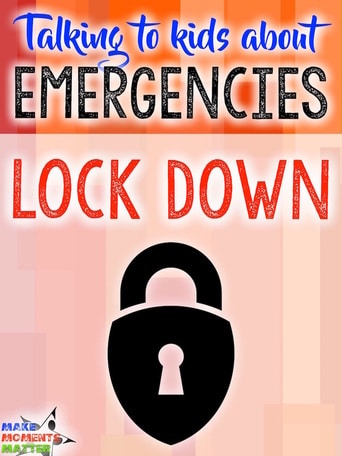 Honestly, I take longer explaining the evacuation and shelter drills than maybe I need to so as to preface the lock down talk. If kids are focused on what they do and WHY for the other situations, then they go into the talk about lockdowns focused on what we do to be safe. The more you talk about why we do what we do, the more kids are reasoning and thinking when you start to talk about what really scares them: lock downs.
Honestly, I take longer explaining the evacuation and shelter drills than maybe I need to so as to preface the lock down talk. If kids are focused on what they do and WHY for the other situations, then they go into the talk about lockdowns focused on what we do to be safe. The more you talk about why we do what we do, the more kids are reasoning and thinking when you start to talk about what really scares them: lock downs.
First of all, I never call these “intruder drills,” and I hate when people do.
This predisposes kids to think of a man with a gun walking the halls. I want kids focused on the task at hand (getting to a safe place) rather than thinking about what might be outside. I would much rather just call it a “code red” or a “lock down” instead. Also, saying the word “intruder drill” puts the idea into their head that someone can and will come into their school at some point. We want them to think of the school as a safe and positive space and the idea that there could be an “intruder” at any point does not help.
That said, I have a friend who teaches music at a sister school of Sandy Hook Elementary in Newtown CT. She taught there on the day that the Sandy Hook tragedy happened. Talking with her was a sobering experience. While I don’t use the language “intruder drill” with students, I think it is absolutely important that we have a plan in place for lock down situations and that that we talk earnestly with students about what to do and why.
What do you do? What would I do?
I use other scenarios. What if your teacher asked you to return a book to the library? Where would you go? We talk through the answers. Sometimes kids ask “What if it’s a lock down and all the doors are shut?” I tell them to knock on the closest classroom, tell them your name and homeroom teacher, and then say that the teacher would open up for them. “We want you to be safe. No teacher is going to leave you out in the hallway by yourself. Just go to the closest classroom, knock, tell them who you are and you’ll be let in. We want to keep you safe.”
Why do we lock down?
When it’s finally time to talk about an “intruder” I reiterate about how unlikely it is that anyone would actually get into our school. We are more likely to lock down for a lot of other reasons than we are for an intruder. But in case something should happen we are prepared. The outside doors are locked all the time, the front office is very careful, and we have plans in place in case anyone should come into our school. I tell them that I taught at a school once where a plumber came in and forgot to check in with the office. A teacher saw a man in an unfamiliar uniform walking through the halls, told the office, and we locked down. No was one in danger, but we locked down just in case. “Teachers care about you a lot and we have plans to keep you safe. That day we had an “intruder” who wasn’t really an intruder at all. But we locked down and followed through with all the things we had planned for. Every student was accounted for in a room and everyone was quiet and careful. The poor plumber was embarrassed but we were pleased that everyone knew how to be safe and knew what to do if a lock down happened.” For some reason this helps to keep those “What if someone broke into the school” questions from happening and reassures kids that locking the doors and staying quiet is the right thing to do.
I end by saying something like this: “There are a lot of reasons we might do a lock down and a lot of the time there is no real danger for us at all. We do the lock down to be prepared and stay safe. You know what to do and where to go now for any situation: evacuation, shelter, or lock down.” Then I give time for questions. I try and answer all the questions, no matter how weird or random. Answering kid questions shows them that you have answers and helps to ease their fears. Any time someone asks about what we would do if an actual intruder came into the building I try to be honest but also downplay the probability that an armed person would enter the building. That possibility is always in my head, but it doesn’t need to be in theirs. They just need to know that if they hear lock down they don’t need to be scared, but prepared.

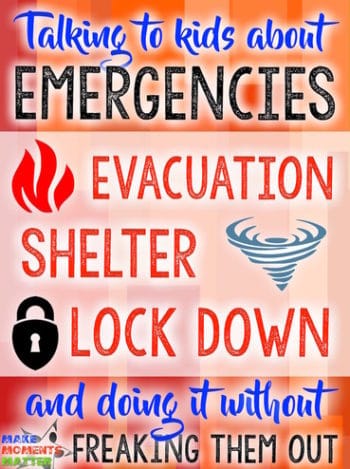
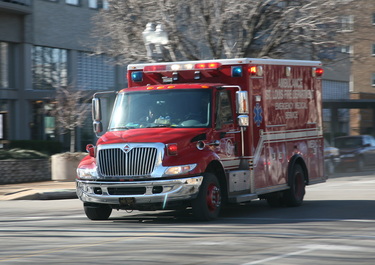
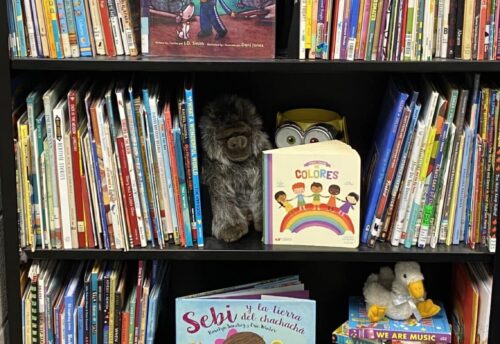
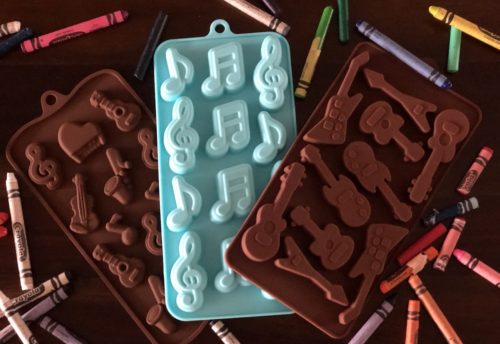

Pingback: Music Education Blog Carnival September 2016 - Pitch Publications
Pingback: Emergency Prep For Kids: Age-appropriate Lessons